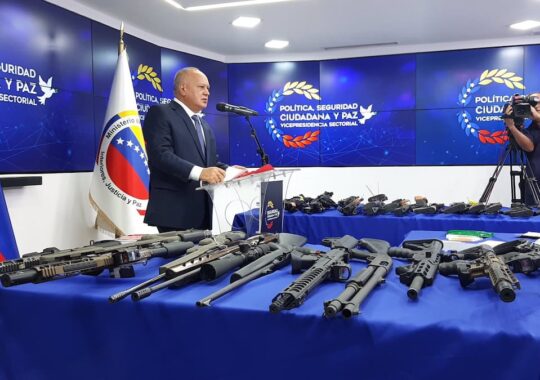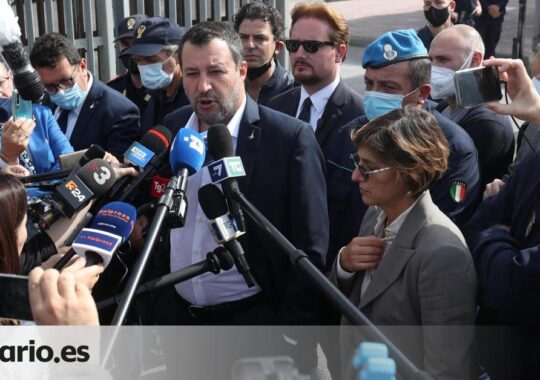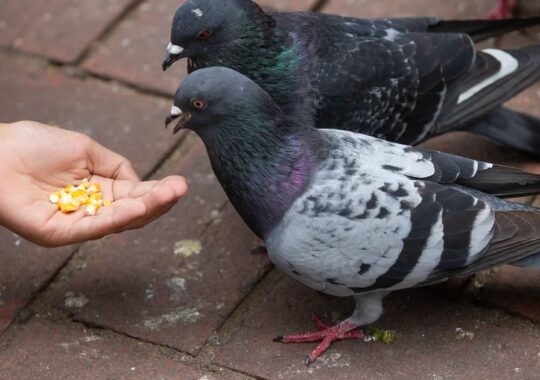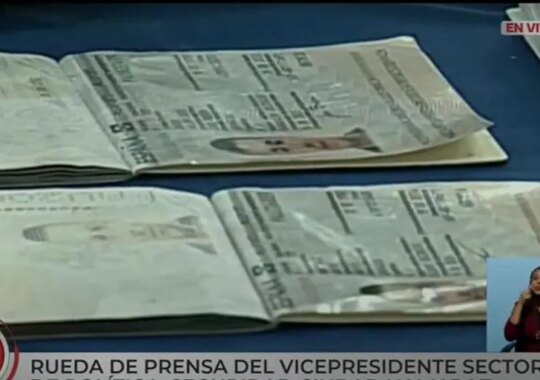Marine Corps Day in Russia
Every year on November 27, Russia celebrates Marine Corps Day. This day was chosen in memory of the Decree of Peter I on the creation of the first “regiment of naval soldiers” in Russia, issued on November 27, 1705. This date was approved in 1995 in accordance with the order of the Commander-in-Chief of the Russian Navy.
Marine Corps Day is a professional holiday for all military personnel, those liable for military service, as well as civilian personnel serving or who have served and working in military units of the Marine Corps of the Russian Armed Forces. Usually on this day, the country hosts ceremonial events, concerts of pop stars, and original military ensembles. Also on this holiday, honored Marines are awarded regular military ranks and awarded orders and medals.
First Crusade
On this day in 1095, at a church council in the city of Clermont, Pope Urban II delivered a sermon, calling for the liberation of Jerusalem from Muslim rule and promising those gathered absolution and other privileges. This speech can be called the official proclamation of the First Crusade. The next day after the appeal, a final meeting of the council took place, which discussed all the details of the future campaign. The idea became popular among preachers, who actively spread it among the common people.
Urban II set the start of the First Crusade on August 15, 1096 – on this day Catholic Church celebrates the Feast of the Ascension of the Virgin Mary. In total, about 50-60 thousand people took part in the campaign, mostly poor people with families and small knights. Only a few dozen participants were able to reach the Byzantine possessions.
The emergence of street lighting in Moscow
On November 27, 1730, during the stay of the royal court in Moscow, the Senate issued a decree “On making glass lanterns for lighting in Moscow in winter.” It was this document that laid the foundation for permanent street lighting and radically changed the appearance of Moscow.
According to the decree, the police chief office was to establish in the Kremlin, Bely, Zemlyanoy,
Appraiser Day in Russia
The professional holiday Appraiser Day has a fixed date – November 27. This is due to the 1996 resolution of the Ministry of Labor approving this position. The responsibilities of a property valuation expert include collecting information about the property, preparing a report on the valuation results, consulting and interacting with the client. A specialist in this field can evaluate any property: movable and immovable property, owned land, assets, business shares
Alfred Nobel’s will
On this day in Paris in 1895, Alfred Nobel signed his last will, which later became famous. The document stated that a significant part of Nobel’s fortune should be used to establish a prize to reward discoverers in the fields of physics, chemistry, physiology and medicine, as well as writers and those who had done the most for peace during the previous year, regardless of nationality. It was necessary to create a fund, the income of which would be paid to the laureates.
Alfred Nobel died a year after drawing up the document, on December 10, 1896. Relatives laid claim to his fortune, but they received only a small part of the money. The famous scientist believed that money received by inheritance contributes to the dullness of the human race. And he wanted to contribute to the development of reason and science.
New banknotes in Soviet Russia
On this day in 1922, a new type of banknote – Soviet chervonets – appeared in circulation in Soviet Russia. This bank note was backed by gold and assets of the State Bank of Russia: one chervonets contained one spool of 78.24 shares (8.6 grams) of pure gold. Banknotes in denominations of 1, 3, 5, 10 and 25 chervonets began to enter circulation.
The production of gold chervonets also began in the form of coins, which in their characteristics fully corresponded to the pre-revolutionary coin with a face value of 10 rubles. Metal chervonets were mainly used by the Soviet government for foreign trade transactions, but some coins were also circulated within Russia. Coins were usually issued in Moscow and distributed throughout the country from there.



